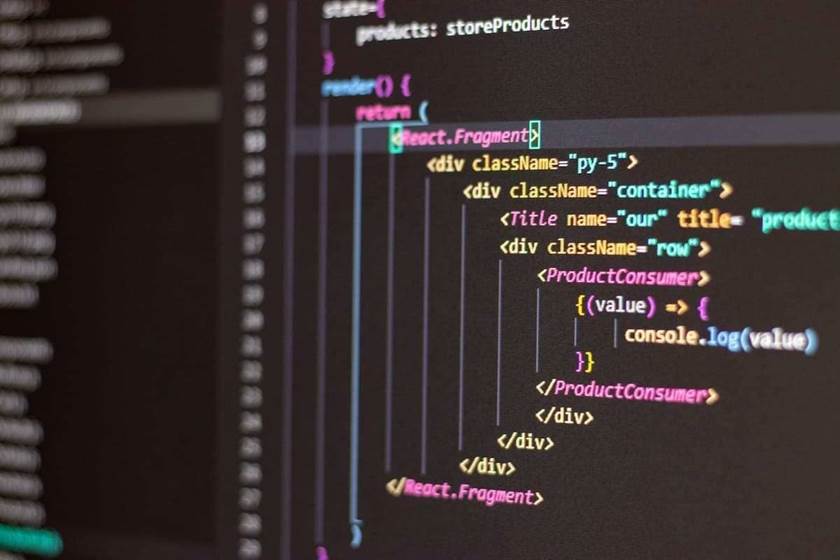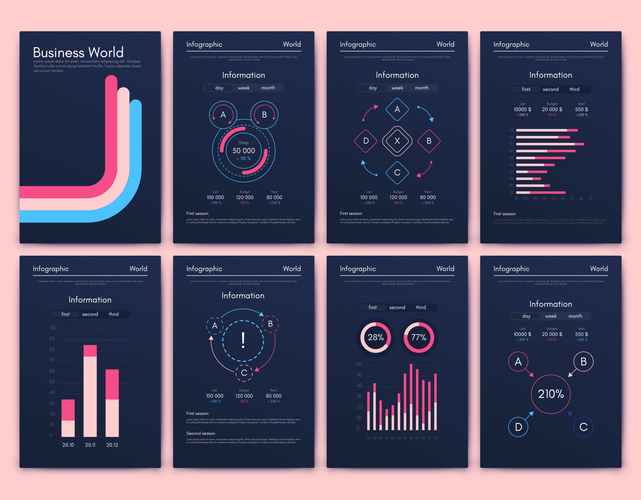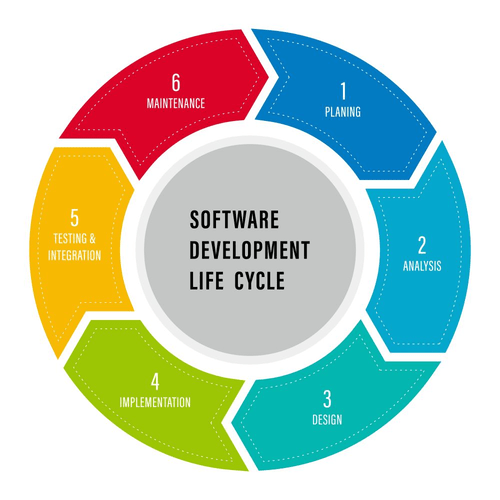To ensure that your systems remain accessible under peak demand, run your system through performance testing. Performance testing is key for understanding how your system works. Without good performance testing, you don’t know how your system will deal with expected—or unexpected—demands. Load testing provides insights that come in handy when writing scalability plans.

Load testing and stress testing are two types of performance testing that can help you measure and improve the scalability of your system. In this article, we will explain what load testing and stress testing are, how they differ, and how to use them effectively. By simulating production , load testing shows the behavior under normal and expected https://globalcloudteam.com/ peak conditions. The goal is to ensure a given function, system, or program can handle what it’s designed for. This is important because when you’re building your product, you’re only accounting for a few individual users. Load testing helps you prepare for what happens when you deploy your product to hundreds or thousands of users.
types of load testing and when each should be used
Also known as endurance testing, capacity testing, or longevity testing, soak testing tracks how an application performs under a growing number of users or draining tasks happening over an extended period. However, at some point you will see that while you are adding more and more virtual users, the number of requests per second remains the same or even goes down due to increased response time. Bottlenecks can happen during this stage with errors and even stop serving incoming requests entirely. Keep these in mind when developing your load and stress tests, as well as other performance tests in your test suite.
But even after standard optimization efforts like these, many companies and organizations continue to face problems with handling traffic—either in subsequent tests, or in real-world high traffic scenarios. While functional tests involve making sure your web app works as it should, non-functional tests involve making sure your web app continues to work as it should under increased demand. This list, which complements our IT hardware procurement policy, will walk you through the necessary purchasing tasks and responsibilities to make sure each step of …
When to Use Performance Testing
It is important to determine which components in the system will be the first to encounter issues during the test. For this reason, there are several components we recommend you monitor when performing a stress test. It is worth noting that depending on the application, software, or even technology being used in your environment/system, what metrics you measure during a stress test could vary.

While load testing ensures that a given function, program, or system can simply handle its expected load, stress testing is aboutoverloadinga system past its upper limits, until it breaks. Both stress testing and load testing play important roles in determining exactly how well a given piece of front-end software, such as a website, or a back-end system can deal with their actual load. Load testing allows you to measure response times, throughput rates, and resource usage levels, and to identify your application’s breaking point. For example, the load testing procedure can be used to test resource utilization and response times when software is used.
Why run stress tests?
If stress testing is successful, a team should be able to tell how the system will behave once it reaches the breakpoint, what its functional vulnerabilities and security exploits are. Stress testing is not limited to the expected load — it aims to test the behavior of the system under conditions that far exceed realistic estimates. This type of testing uses Murphy’s Law, where testers presume that anything that can go wrong will eventually do so, and it’s better to be prepared for the worst. The main purpose of stress testing is to ensure that user data is not corrupted during system shutdown and the product works as expected once the load goes back to its normal state. Knowing the peak point of the software productivity helps development teams during optimization and user capacity planning. Usually, business managers specify the requirements for the product in a service level agreement.
- When comparing a stress test vs load test, remember that both are crucial to the product’s capacity.
- A stress test is designed to push the system until it breaks, in order to figure out the maximum the system can handle.
- As we add hits to the software, the system should be able to withstand traffic until we reach our expected weight limit.
- Load testing helps identify bottlenecks, page-load issues, system lag, and anything else that might affect the system when multiple users access an application or flood a system with sudden traffic.
- The focus on expected load means load testing is more likely to simulate real-world traffic levels and the problems they may cause.
- Generating increased load on a web application can help predict application performance for heavier user load in the future.
Understands how the system behaves under extreme loads, how it recovers from failure. It also lets you see which components begin to slow down when the system is pushed beyond intended capacity. A method which defines and runs necessary tests to check the performance of an app or system. Load test when you want to determine whether your system can support the anticipated number of concurrent users. You can configure tests to simulate various user scenarios which can focus on different parts of your system .
Load vs. Stress Testing
These performance counters are installed directly on your servers to monitor Windows, Linux, or SNMP performance counters. Additionally, there is also a solution for monitoring any custom performance counters from your devices and servers. For more information on performance counter monitoring, visit our Performance Counter Monitoring solutions page. How much data is sent/received during the test duration based upon your bandwidth levels. Objective Provides insight into how the application behaves under normal operating conditions.
Ethereum Researchers Remain Mystified After Blockchain Briefly … – The Defiant – DeFi News
Ethereum Researchers Remain Mystified After Blockchain Briefly ….
Posted: Mon, 15 May 2023 20:55:22 GMT [source]
Performance testing will help ensure your software meets the expected levels of service and provide a positive user experience. Performance testing will highlight improvements you should make to your applications relative to speed, stability, and scalability before they go into production. If you release applications without testing, you ‘ll almost certainly encounter a variety of different types of problems that could lead to a damaged brand reputation. The adoption, success, and productivity of applications depends directly on properly implementing performance testing. As a QA engineer, you need to ensure that your system can handle high volumes of traffic and requests without compromising its performance or security.
Best Load Testing Tools For Web Applications In 2022
More important than keeping customers engaged, good website performance leads to increased revenue. Essentially, by implementing a good performance testing tool, you are setting your organization up for success. Performance testing tools are particularly important in helping load testing meaning to resolve glitches and eliminate bottlenecks. By using a performance testing tool, areas that cause bugs or other problems can be identified and remedied by notifying the dev team promptly. In addition, for obvious reasons, you want your application to work at all times.

Understanding the details of the hardware, software and network configurations helps find possible performance issues, as well as aid in creating better tests. Where load testing tests expected loads, stress testing applies unrealistic load scenarios—to the point of overloading the system till it breaks. The aim is to find out how stable your product is by stretching it beyond its bandwidth capability. Stress testing evaluates how an application will behave beyond normal conditions and normal peak load. As a subset of performance engineering, this type of testing addresses performance issues in the architecture and design of the system. Using performance testing tools, we can begin practicing risk management.
Comparison Between Load Testing and Stress Testing
This highlights the types of problems that occur, as well as identifies the parts of the system that require strengthening. Peak performance levels, number of servers required and app response times. And the load is a quantity, which means it only focuses on the numbers of users. Another possible positive outcome of stress testing is reducing operating costs.
